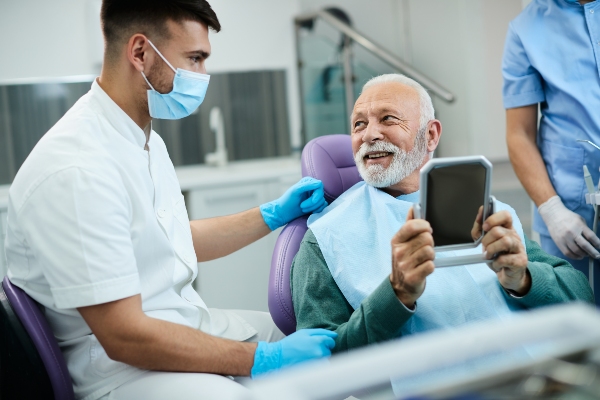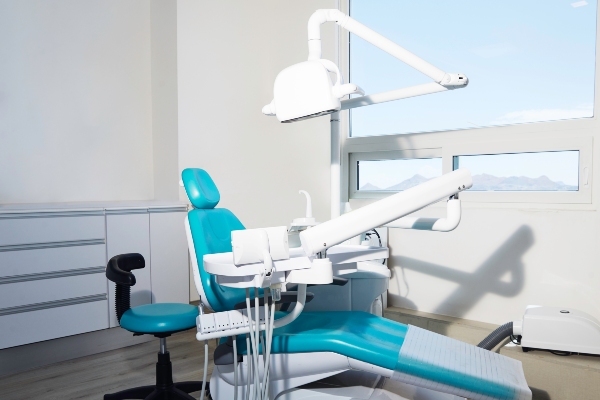Which Dental Services Are Typically Covered at the Highest Percentage?

When it comes to dental services, there is plenty of confusion as to which procedures and treatments are covered at a high percentage and which have minimal coverage. While the nuances of dental insurance coverage differ by each provider, there are some overarching trends that hold true regardless of the insurer. Below, we delve into the dental services typically covered at high percentages to help patients plan their budget with accuracy.
Dental Services Covered at a High Percentage
Dental procedures that are preventative and diagnostic tend to have coverage at a comparably high percentage. Examples of such dental services include checkups and cleanings. Most dental insurance providers cover between 80 and 100 percent of the plan's contract allowance. These dental services have coverage at such a high percentage (or in full) to encourage patients to visit the dentist's office at least once every six months.
People are much more likely to visit the dentist for a regular checkup and cleaning if they know that the insurance covers the majority or even the entire cost of the service. Such preventative analysis and treatment reduce the need for additional dental procedures. If such diagnostic and preventative dental services were not covered in full or at a high percentage, people would not have the positive reinforcement necessary to meet with their dentist every six months.
Why Other Dental Services are not Covered at a High Percentage
More complex dental services such as oral surgeries, orthodontic services and restorative care are only partially covered by insurance for good reason: these services tend to be much more complex than preventative and diagnostic services. Furthermore, patients usually need to pay more out of pocket for complex dental services like fillings, crowns and dental implants. The pay increase is due to the fact that patients typically bear some of the responsibility for the oral health issues that require such restorations.
Consider the issue of coverage from the insurer's perspective. If a patient does not take proper care of his or her teeth and requires restorative care or another form of dental care, that individual should bear some of the financial burdens. Otherwise, it would be difficult for the insurance company to remain profitable and stay in business.
A Brief Look at the Typical Dental Coverage
Most people with dental insurance enjoy what is commonly dubbed “100, 80, 50” coverage. This means the coverage pays the full cost of routine diagnostic and preventive care as noted above. Fillings, root canals and additional basic dental procedures usually receive coverage at around 80 percent. More complex dental restorations like crowns and bridges are covered at a level of 50 percent.
Do not assume your dental insurance covers all or even a certain percentage of oral health services. Always consult with your insurance provider if you have any questions. Do not proceed with any type of dental treatment or procedure unless you know exactly what you will have to pay out-of-pocket and the portion your insurer will cover. We can go over more of this in detail during a phone call and appointment.
Why does this all matter?
For more information or to schedule an appointment with Olive Family Dentistry, request an appointment in our Burbank dental office here: https://www.olivefamilydentist.com. Or call us at (818) 483-9069.
Recent Posts
You have already bought your dream gown or that coveted tux. The perfect venue and entertainment are all set for your wedding day. The only thing that is worrying you is whether or not you will manage to smile for the perfect wedding photo. Dental treatments before your wedding day will help you smile confidently…
Preventive dentistry can protect your teeth and gums. Its main goal is to keep dental problems away. It also aims to detect any oral issue early to prevent it from worsening. Preventive dentistry clinics have different ways to help keep your dental health in top condition. If you want to know how preventive dentistry can…
Preventive dentistry focuses on the prevention and early detection of oral health concerns to help ensure they do not develop or progress to a more severe stage that is harder to treat. One of the primary goals of preventive dentistry is to help patients care for their teeth between check-up visits, which should include proper…
Almost everyone understands the importance behind brushing your teeth and the role tooth enamel plays in preventative dentistry and maintaining dental health.However, many underestimate the unique quality that enamel has and don’t have a complete understanding of how enamel works, which in return makes it far more difficult to take the necessary precautions to ensure…


